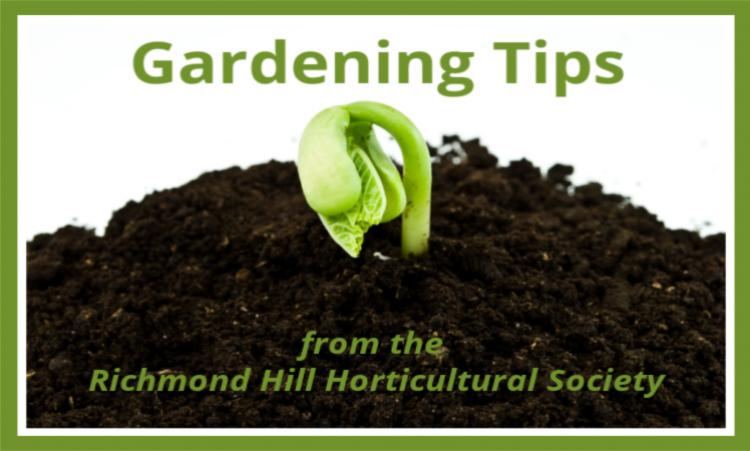Article by Doreen Coyne, a member of the Richmond Hill Garden & Horticultural Society.
The summer harvest is complete but I really wish I had a crisp lettuce from my garden right now! Or even some celery to munch on. No worries, with a little effort you can have an indoor and/or outdoor garden from your kitchen leftovers! This idea can be summarized by saying buy 1 from the grocery store and make many more at home from it.
Kitchen scrap gardening is when you grow plants from vegetable pieces that you'd normally throw into your compost bucket. Your kids and grandkids will love this idea, and if you are concerned about fresh vegetable availability at this time, scrap gardening can stretch out what vegetables you do buy and turn each one into another generation of plants. Indeed, those plants can then produce another generation, and so on, and so on. Great way to save money and act on sustainable living concepts of recycling and reusing. Plus, it's fun to grow new plants from old plant parts.
Back home, some farmers growing cauliflower, broccoli, and cabbage would take an additional step after cutting off the head. My Dad was raised on a large farm and thus we also did this in our family garden in town. That step was to cut the part left in the ground across the top from left to right and then another cut across at 90 degrees making a large cross into the stalk/stump that was still in the ground. Over a few weeks each quarter of the stump would start to grow another plant. Thus, one cauliflower (or broccoli or cabbage) would make 5 plants – the original head plus up to 4 new ones. Admittedly the new ones had smaller heads given they were growing totaling outdoors and started later in the season. They tasted great and could be eaten right away or frozen for winter usage. And, it gave some extra food for the farmer’s personal use.
I was reminded of this family past time when I happened to see a “Live with Kelly and Regis” episode in early April 2020. They had a segment of a woman explaining Scrap Gardening. Seems it is a new twist on that old farming technique – creating plants from plants.
See how she grows a new celery plant from the one she got at the grocery store. This “new” effort might remind you of Victory Gardening. If you’re familiar with that term, you probably know that Victory Gardens were encouraged in several countries’, including Canada. During and after both World Wars there was a diminished domestic food supply and a slump in our war-weary economy. Our government encouraged families to plant and harvest their own food – for themselves and the greater good. Home gardening became a way to ensure that families, friends, and those living on the fringes had fresh produce.
Below is a list of at least 25 vegetables and fruits you might often use that you can grow from the scraps and seeds of that plant.
- Lettuce
- Bok Choy
- Cabbage
- Celery
- Garlic
- Lemongrass
- Bean sprouts
- Avocado
- Sweet Potatoes
- Ginger
- Pineapple
- Garlic
- Onions (all kinds)
- Pumpkins
- Mushrooms
- Peppers
- Fennel
- Tomatoes
- Basil
- Cilantro
- Turnips
- Carrots
- Radishes
This also works for all types of Potatoes (White, Yukon Golds, Fingerlings) and for Fruit Trees: (Cherry, Apple, Peaches, Nectarines, Plums). Other fruit trees can be started now but take several years to grow fruit. Such is the case with Lemon Trees. In our area, start with the seeds of a lemon from a dwarf tree so you can grow a small tree indoors.








